James O’Barr’s seminal graphic novel The Crow has enthralled fans with its dark tale of love, loss, and vengeance for decades. In 1994, Alex Proyas brought the story to cinematic life in a movie starring Brandon Lee, which gained iconic status due in no small part to Lee’s tragic death during filming. Nearly thirty years later, Rupert Sanders’s latest film looks to build anew upon the foundations of that memorialized work. Starring Bill Skarsgård as the tormented soul Eric Draven, this fresh vision of The Crow sets out to examine what remains after death and what truly conquers even its grasp.
Taking on the formidable challenge of adapting such a beloved character, Sanders crafts a narrative that strives to stand independently. Skarsgård steps into the famed black boots, seeking to honor the spirit of the role while putting his own haunted stamp on the antihero. Joining him are the magnetic FKA Twigs as his lost love Shelly, their chemistry bringing emotional weight to the core relationship at the story’s heart. Through lush visuals and intricate action sequences, Sanders immerses viewers in this conflict across mortal and immortal realms.
Does the film recapture the magic of its predecessor? Only a comprehensive analysis can reveal if this rebirth of The Crow takes flight or falls short of greatness. Let us journey through memories, both living and dead, to discover what really arises from the ashes this time around.
Soulmates Torn Apart
This reboot of The Crow centers around Eric and Shelly, soulmates deeply in love despite the troubled paths that brought them together. Living in a rehab facility, Eric finds solace in the artistic Shelly. But sinister forces from her past threaten their newfound bliss.
Vincent Roeg, a sinister man hovering in the shadows, wants control over something Shelly possesses. His influence spreads like a plague, twisting people into dark deeds. When his henchmen brutally murder Eric and Shelly, their story seems over before it truly began.
Yet Eric’s journey has only just started. In the limbo between worlds, he embraces a chance to save his darling Shelly from an even worse fate. Eric now stalks both the land of the living and the dead, seeking vengeance on all those responsible for tearing them apart.
He soon learns his painful powers of resurrection, returning as The Crow to bring bloody reckoning. Though wounded, Eric cannot fall until justice is served. The ghosts of his past haunt him, but love proves stronger than even death’s grasp.
Shelly, though briefly on screen, emerges as a tortured soul longing to escape her demons. FKA Twigs brings nuance to her vulnerable role. Vincent, too, draws intrigue as a connected killer whose influence corrupts others. But the film belongs to Eric and Skarsgård’s conflicted antihero, forever changed yet determined to unleash hell on those who took his future.
Bond of the Fallen
At the heart of any Crow tale lies a doomed romance, and in this regard, The Crow truly takes flight. Bill Skarsgård and FKA Twigs share a tender chemistry that grounded their characters’ passion amongst the Gothic gloom.
Skarsgård breathes new life into the iconic antihero without mimicking past portrayals. He brings an intriguing vulnerability to the conflicted soul struggling against the darkness within. Once unleashed, Skarsgård grips as the ultimate force of vengeance yet remains tormented by love’s loss.
Particularly in the earlier scenes, Twigs immerses herself in Shelly’s battered spirit, seeking refuge in Eric. Her wounded resilience shines through even the smallest gestures, drawing us deep into their fate. As lovers torn apart, the haunting emptiness left in their wake feels all too real through their gifted work.
Danny Huston provides the primary threat as the sinister Vincent Roeg. Yet for all his creepy confidence, Roeg remains an ill-defined menace. Huston excels at unsettling charisma but lacks the dimensions to define the pivotal force driving the narrative. He threatens without being truly terrifying, overshadowed by the human hearts at the story’s core.
In recalling their love to conquer even death’s divide, The Crow takes flight on the backs of Skarsgård and Twigs’ soulful performances. They breathe hearts into souls forever changed by love and loss, elevating the intimate segments above routine romance. Their innate magnetism lends poignancy to a bond that, against all odds, refuses to relinquish its hold even in the shadows of vengeance.
The Shadows Within
Sanders immerses viewers in a richly Gothic dreamscape through the lens of Steve Annis. From murky rehab facilities to dingy city streets, Annis shrouds each frame in a palpable sense of foreboding. Bleak grays and pitch blacks engulf the screen, drawing us deep into the shadows lurking in even the smallest of spaces.
It’s a grounded approach that risks deriving too heavily from other acclaimed films. David Fincher feels like an obvious touchstone, from the moody credits sequence straight out of The Girl with the Dragon Tattoo. Elsewhere, influences from works like John Wick leave The Crow wanting a true identity of its own.
Yet Annis’ mastery goes beyond mere imitation. His fluid camerawork has an ethereal quality, contrasting the harsh realities of violence with wisps of romance and Gothic allure. Through lavish operatic sequences, he marries brute action with sweeping melodrama in a style that feels very much Sanders’ own.
Despite surface-level thrills, the overarching tone remains stubbornly solemn. Sanders reserves little room for levity as the story dwells on its weighty themes of addiction, fate, and fiery passion. It’s a tonal gamble that threatens to oppress rather than immerse, leaving audiences longing for traces of humanity amid the shadows.
The Crow fluctuates between genres yet never fully commits to any. Its internal strife reflects the fractured souls at its core, forever torn between darkness and light, love and revenge, living and dead. If anything, its shadows seem to say that what conquers even death may very well come from within.
The Ghosts of Revenge
The Crow wastes little time diving headlong into its tragic love story. Yet in prioritizing Eric and Shelly’s blossoming bond, the beginning drags with scenes that feel lifted from a bad romance novel rather than the source material. We know vengeance will come, but not until the hour mark does the real Crow take shape.
Much like its murky villains, the plotting has moments where chunks seem removed. Danny Huston proves a forgettable threat as Vincent Roeg, lacking the nuances to make him stand apart from standard bad guys that want power. How Eric’s quest for answers pans out feels strangely nonsensical too, with plot conveniences popping up to propel the grief-stricken antihero right where he needs to be.
Compare this to Alex Proyas’ sharply defined characters, and Sanders’ rendition feels shallow. There, villains were vibrant in their insanity and wickedness, leaving impressions as indelible as the hero’s rage. Yet for all its ghosts, The Crow never conjures that same sense of true haunting. Eric, barreling towards the finale, resembles an aimless spirit drifting, denied the peace of striking down those tethering his soul to this world.
While it tries to find footing, the muddled storytelling cuts moments that could have fleshed out the shallow. The end climax hints at the potential, but it comes far too late to salvage what came before. One wishes it embraced its namesake fully from the onset rather than lingering so long in the bleak shadows of what could have been a truer Crow.
Fate of the Fallen
While The Crow soars with artistic ambition, it remains forever tethered to the beloved 1994 original that lifted the source into iconic status. Proyas’ film achieved perfection through sheer creative synergy that transmuted darkness into a cultural phenomenon.
Its grim beauty has never been matched; the gritty dreamscapes are now cemented in memory. Lee’s charismatic prowess elevates what could have been mere exploitation into heartbreaking cinema. Even its macabre context enhances the legacy—an accidental martyrdom that haunts more than any vengeful wraith.
Sanders’ film draws inevitable comparisons, even as it strives for separation. Style parallels to works like John Wick are apparent, particularly in the sleek action choreography. But borrowing tendencies leave The Crow wanting an identity beyond mimicry. Despite its competency, it fails to conjure the raw allure of its forebear.
Yet redemption may emerge with time, as the dust settles around past glories. As with any resurrected soul, this crow will have to forge its own fate rather than dwell in another’s shadow. The spirit lingers, and where one story ends, another may yet take wing, carrying the night forward for new eyes to discover wonder in the darkness. For now, its rebirth remains incomplete; the battle with our memories is one that even death itself cannot win.
Fate or Fateful Coincidence
While Rupert Sanders’ The Crow delivers the elemental pleasures of popcorn entertainment, it ultimately struggles to justify its own existence. As a supernatural action thriller, the film succeeds in providing a flashy diversion for a few hours.
Yet beyond fleeting visceral thrills, there remains little substance to remember. Its borrowed trimmings from better revenge tales leave The Crow feeling hollow, soulless mimicry lacking spark or purpose of its own. Skarsgård and Twigs inject flashes of life amid superficial shadows, but they cannot alone redeem diluted material.
Compare this to the towering achievement of Alex Proyas’ original, a work truly matching medium to message and style to substance in uncanny synchronicity. Its haunting legacy endures because beneath vengeance lay humanity—grief, passion, and the power of love over even death’s dominion. That film was no mere copy or diversion, but an unmatched moment where vision, victor, and viewers aligned.
For the casual viewer in need of mindless mayhem, Sanders’ vision fits well enough. But those seeking deeper communion with beloved characters may find fleeting glimpses insufficient. Its reimagining proves too derivative, too content playing in other works’ graves than crafting new meaning from ashes. The Crow revives in form alone, its spirit forever tethered elsewhere.
So for enjoyment’s sake alone, the latest adaptation offers passable ways to pass time. Yet for enduring relevance and impact, few will top Proyas’ confluence of talent in that fateful—or perhaps fateful—coincidence of ’94. There immortality was found; here a funeral dirge plays on, the shroud insufficient disguise for lifelessness within.
The Review
The Crow
In the end, Rupert Sanders' The Crow resurrects the familiar form but lacks the soul that gave life to its predecessors. Skarsgård and Twigs bring glimpses of passion to the fore amid a sea of shadows, yet they cannot overcome superficial material that borrows more than it builds. For absentminded entertainment, the film delivers fleeting diversions. But as a cinematic work that claims to move or inspire, it never fully emerges from the long shadows of its cult predecessors.
PROS
- Skarsgård and Twigs' performances ground the film with emotional gravity
- The visual style and action scenes are compellingly executed
- Pays homage to the cult source material
CONS
- Derivative storylines and characters that lack originality
- Poor villain portrayal
- Plodding pacing, especially in the first half
- It fails to justify its existence beyond fleeting thrills









































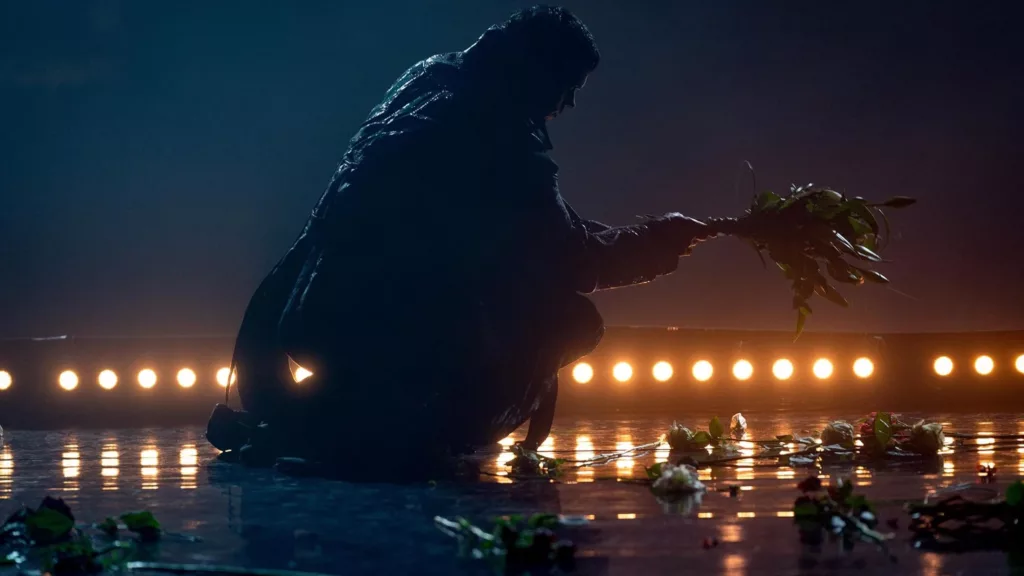
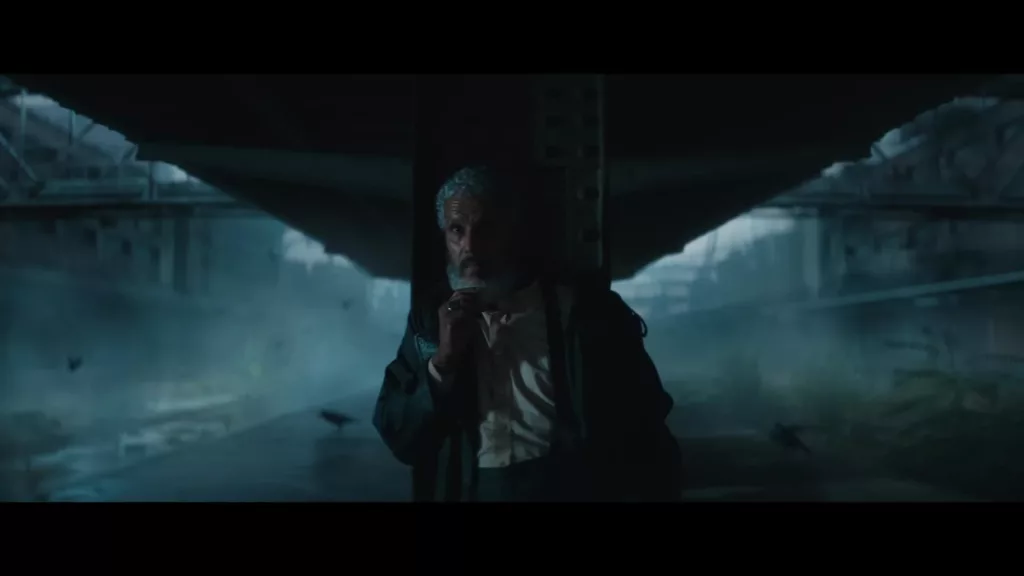
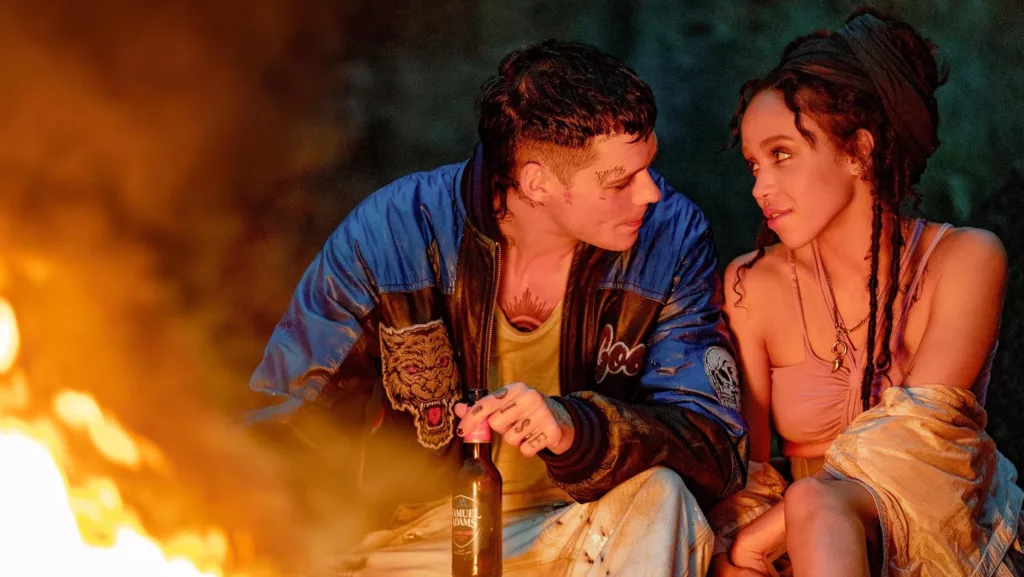
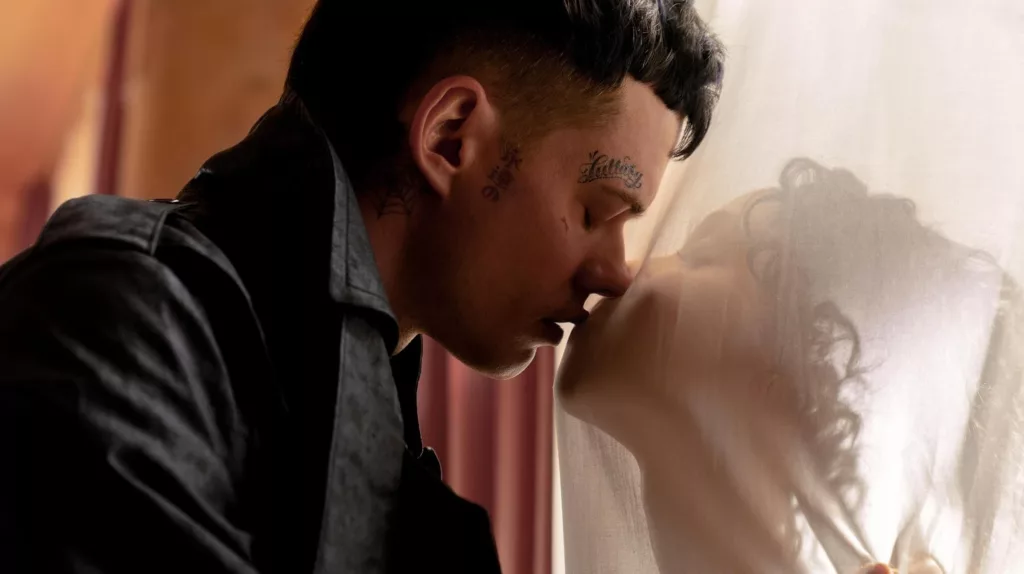
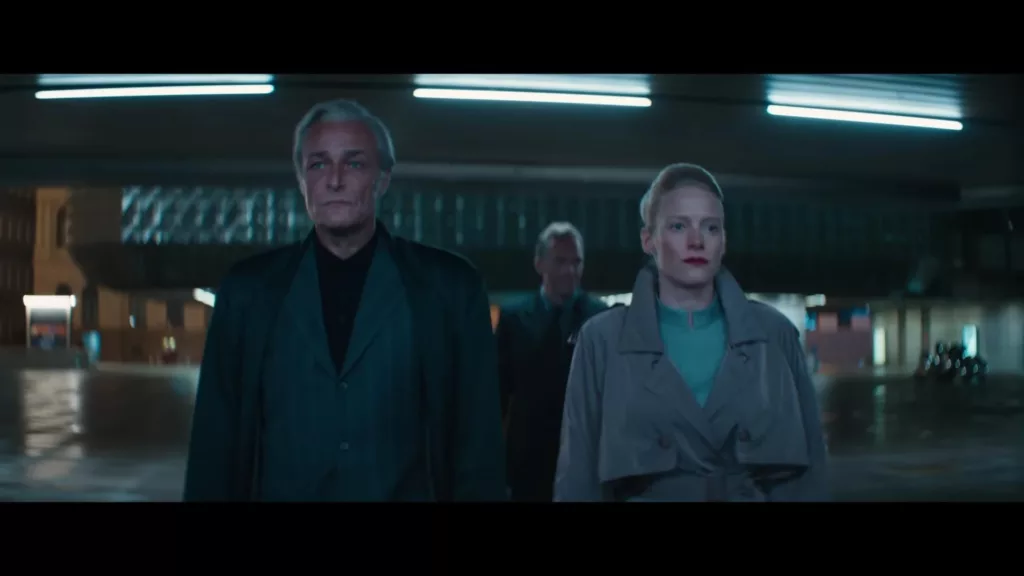








Discussion about this post